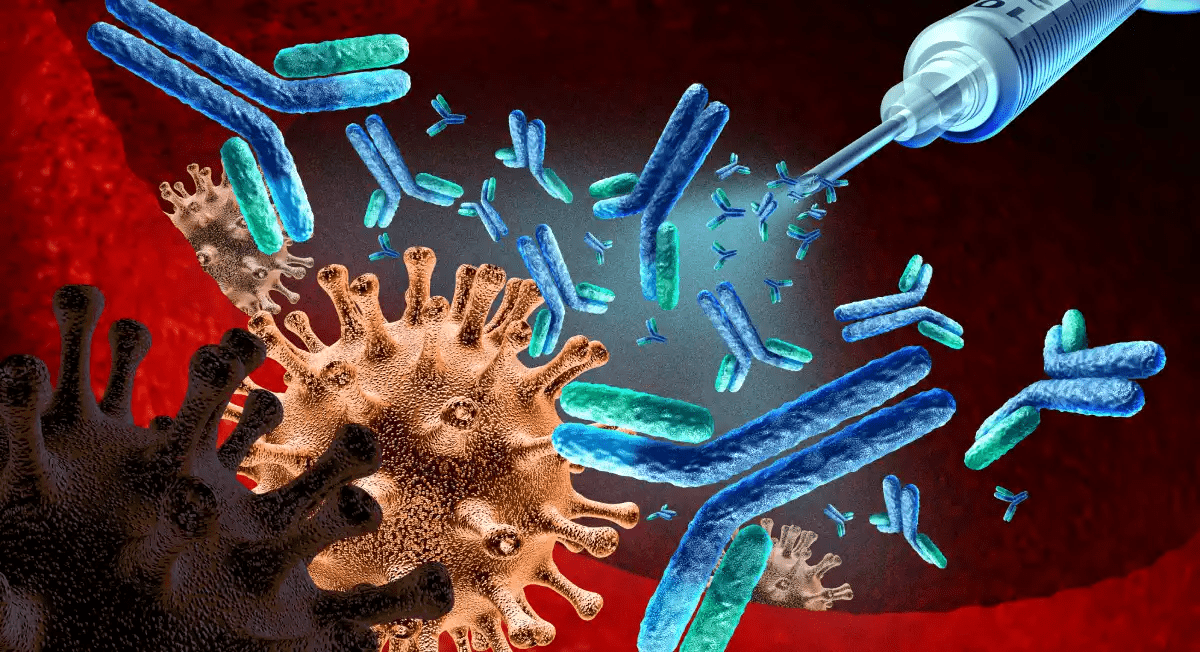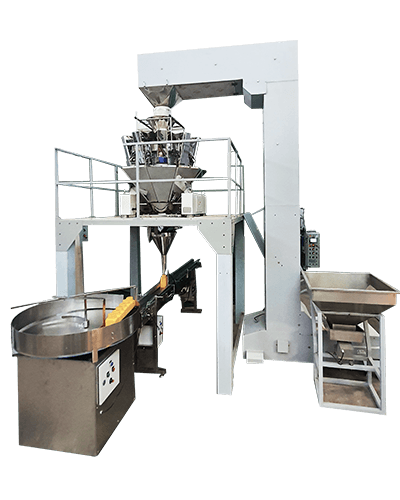Today, biopharmaceuticals are prescribed for numerous diseases, such as oncological, metabolic, neurological, autoimmune, and hematological diseases. Biopharmaceuticals are biological drugs that are primary proteins and peptides specific to certain known targets. Most biological drug products offer an overall benefit-to-risk ratio in favor of the patient population, especially for treatments with inadequate conventional drug products. However, immunogenicity reactions are the primary hurdle while developing biological products.
Immunogenicity is the ability of an immune system to recognize specific components of a biological product and launch immune responses against it. Scientists assess immunogenicity by evaluating the presence of anti-drug antibodies (ADA) that specifically bind to the drug product and neutralize its efficacy. Today, scientists have multiple bioanalytical methods ranging from ligand binding assays to LC-MS assays for evaluating ADA. However, they face numerous challenges during ADA assay development. Therefore, the current article discusses the challenges and solutions for ADA antibody assays.
Challenges and solutions for ADA assays
Unlike conventional drug products, biologicals have concerns related to ADA development that may impact the efficiency of the drug molecule. The clinical effects of anti-drug antibodies can range from asymptomatic effects to more devastating outcomes such as immunodeficiency diseases and anaphylaxis. Anti-drug antibody testing and ADA validation for bioanalytical methods are increasingly becoming crucial in drug development studies.
Small molecule drug products require monitoring of limited data points of the drug in reference specimens. However, for biological drug products, both anti-drug antibodies and the drug of interest require assessment. These differences in strategies are also applicable during the drug development process to locate ADA formations of biological products.
Anti-drug antibodies are a complex set of analytes. These analytes are generally polyclonal and may include different isotopes and bind to different regions of the drug product with varying affinity. Therefore, ADAs should selectively detect different antibodies with sufficient sensitivity.
ADA assays are not quantitative. Hence, using a calibrator ADA as a standard is inappropriate as it may not be able to represent anti-drug antibodies in all study subjects. Hence, ADA assays should be qualitative assessments. Regulatory bodies also require titers for estimating ADA concentrations.
Neutralizing antibodies are a type of ADA that inhibit the pharmacological action of a drug product. Non-neutralizing antibodies bind to the drug but do not affect its pharmacodynamic activity. Hence, it is crucial to detect neutralizing antibodies for their ability to neutralize a drug molecule. However, both neutralizing and non-neutralizing antibodies are clinically relevant. Non-neutralizing antibodies may not inhibit the pharmacodynamic activity of a drug product but may increase the rate of clearance, and hence result in a similar clinical outcome to that of neutralizing antibodies.
Each ADA assay is unique. Earlier, radioimmunoassay technology was widely used for ADA detection. Today, ELISA and electrochemiluminescence technology are increasingly employed to evaluate anti-drug antibodies.
In conclusion
ADA assays are crucial for understanding the immunogenicity profile of a drug product. However, understanding the challenges faced during ADA assay development and countering them can help alleviate several issues while detecting antibody responses.
Must Read: Meso Scale ADA Assay: The Role Of Bioanalytical Testing Labs















